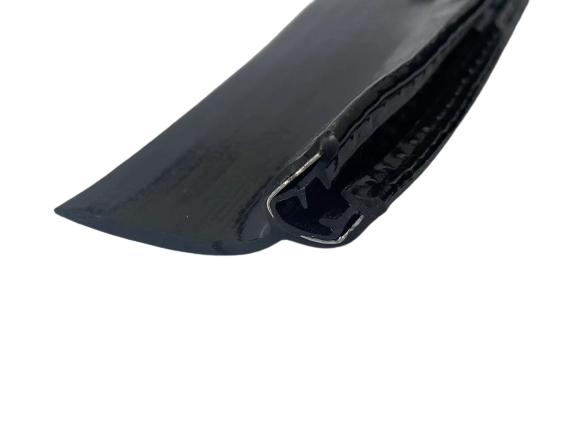Dec . 25, 2024 22:38 Back to list
Essential Guide to Classic Car Window Rubber Seals for Restoration Projects
Classic Car Window Rubber Seals Essential for Preservation and Performance
When it comes to restoring a classic car, enthusiasts know that every detail counts. One often-overlooked component that plays a significant role in preserving both the aesthetic and functional integrity of classic vehicles is the window rubber seal. These seals not only enhance the car's appearance but also protect it from the elements, contribute to a quieter ride, and even help maintain the car's value over time.
The Importance of Window Rubber Seals
Window rubber seals, also known as weatherstripping, are essential for any vehicle, especially classic cars that may have aged rubber. These seals serve multiple functions. Primarily, they create a watertight barrier, preventing rainwater, dust, and debris from entering the cabin. This is crucial for maintaining the interior condition and reducing the risk of rust and corrosion, which can be particularly devastating for classic cars made from metal that can deteriorate over time.
Additionally, rubber seals provide insulation from outside noise. For vintage models, which may lack the sound-dampening technologies found in modern cars, having intact window seals can significantly improve the driving experience. A well-sealed car will provide a calmer and more enjoyable ride, enhancing the overall appeal of owning a classic vehicle.
Signs of Worn or Damaged Seals
Classic car owners should routinely inspect their window rubber seals for signs of wear. Common indicators that seals need to be replaced include cracking, splitting, or brittleness. If water leaks into the vehicle during rain or washing, it is often a strong indication that the seals are no longer effective. Additionally, excessive wind noise while driving can signal that the seals have lost their grip and are failing to provide the necessary insulation.
Choosing the Right Replacement Rubber Seals
classic car window rubber seal

When it comes to replacing window rubber seals on a classic car, quality is paramount. Original Equipment Manufacturer (OEM) parts are often the best choice, as they are designed specifically for the vehicle model. However, many aftermarket manufacturers now offer high-quality replacements that closely mimic the original seals.
It is essential to ensure that the replacement seals are made from durable, UV-resistant materials to withstand the test of time. The right seals should fit snugly in their designated spaces, ensuring a perfect seal against the elements. A poor fit can lead to further complications, including increased wear and tear on window mechanisms and leaks that could damage the interior.
Installation Tips for Classic Car Owners
Installing new rubber seals can be a straightforward process, but it requires attention to detail. Start by removing any old or damaged seals carefully. It’s crucial to clean the frame thoroughly to ensure the new seal adheres properly. Use a soft cloth and a suitable cleaner to remove dirt and grime from the channel.
When installing the new seal, it’s advisable to start at one corner and work your way around, ensuring that the seal is properly aligned and seated in the channel. Some owners choose to use adhesive for added security, but this is not always necessary if the seals are designed to fit tightly. After installation, check for proper functionality by moving the window up and down to ensure there are no obstructions.
Maintaining Your Seals for Longevity
To prolong the life of your new window rubber seals, regular maintenance is essential. Cleaning the rubber with a mild soap and water solution will help prevent the buildup of dirt and grime that can lead to deterioration. Some owners apply a rubber conditioner or protectant to keep the seals supple and resistant to cracking.
In conclusion, window rubber seals are a vital component of any classic car restoration or maintenance project. They play a key role in protecting the vehicle’s interior, enhancing comfort, and preserving the value of the car. By choosing high-quality replacements and performing routine maintenance, classic car enthusiasts can ensure that their vehicles remain not only beautiful but also functional for years to come.




